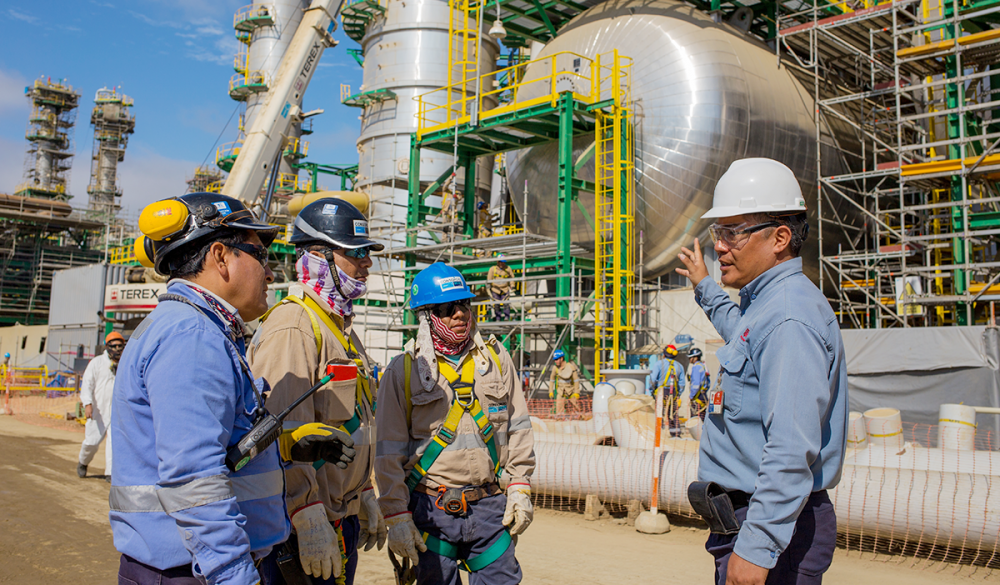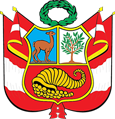New Talara Refinery is profitable and generates benefits for Peru

Given the journalistic versions of alleged cost overruns and waste in the Talara Refinery Modernization Project (PMRT), PETROPERU states the following:
- To perform an evaluation of the PMRT's profitability, it is necessary to have very detailed information such as production configuration, refining capacity, internal operating processes, market, among others, in order to achieve an adequate analysis.
- The scope of the PMRT is aligned to the desulfurization of fuels, but also to generate profitability by incorporating gasoline octane improvement processes (Catalytic Reform Unit) and deep conversion of residual fuels (Flexicoking Unit); and, above all, the highest international fuel quality standards are considered EURO VI. The construction of the new refinery is not limited to desulphurisation but involves replacing the current plant - with 3 processing units - with another with 16 process units and, additionally, 5 auxiliary units.
- According to the developed economic models, which have been reviewed by auditing companies of recognized prestige, the PMRT is a profitable project, within the framework of this type of projects (energy). In our economic evaluation, the annual average net profit is US $ 228 million, the nominal Internal Return Rate is 8.8%, the average annual cash flow is US $ 356 million from the beginning of operations and the payback is of the order of 20 years.
- On financing, PETROPERU considers a level of indebtedness of approximately US $ 4,000 million and the cash flow of the Company allows to fulfill the service of the debt, being the final cash balance of US $ 1,100 million in the first 15 years. This indebtedness is assumed by PETROPERU with the support of its own patrimony.
- It is worth remembering that the amount of investment in the infrastructure of the PMRT was analyzed in 2017 by the specialized company Arthur D. Little, concluding that it is within the reasonable range for a project of similar distillation and conversion capacity. The estimate made in 2017 was US $ 5,400 million and currently the amount is US $ 4,999 million, because the latter has been calculated with the final prices after the award of auxiliary units and complementary works (as of January 2018). ); which includes lower financial costs than initially estimated.
- On the other hand, the construction of the new Talara refinery has generated around 7,000 direct jobs, which -according to studies carried out by ESAN- generate about 21,000 indirect jobs. This is evidenced by the participation in the project of more than 80 local companies that provide food services, accommodation, transportation, hardware, laundry, recreation, among others.
- On average, around 35% of qualified direct labor and 90% of unskilled direct labor are of local origin. This has favored the dynamism of the local and national economy, and has made it possible to compensate in a certain way the labor situation in Talara, which has been impacted in recent years by the cessation of personnel in the oil companies operating in the area; as well as the effects of this year's Coastal Child.
- The PMRT will produce important benefits to the country, among which we can mention the improvement of the trade balance in an approximate amount equivalent to 2 points of the national GDP; likewise, it will allow the sustainability of the business. It also highlights improvements in health and the environment by reducing the frequency of respiratory diseases; the reduction of shortage risks and the possibility of refining heavy crude oil in the Peruvian Amazon.
- It should be remembered that the PMRT is the most important investment project in the energy sector and its priority execution was declared of public necessity and national interest by Law No. 30130, in order to ensure the preservation of air quality and public health; achieving economic benefits in health and energy security aligned with Law No. 29970 "Law that strengthens energy security in Peru."
COM-45

